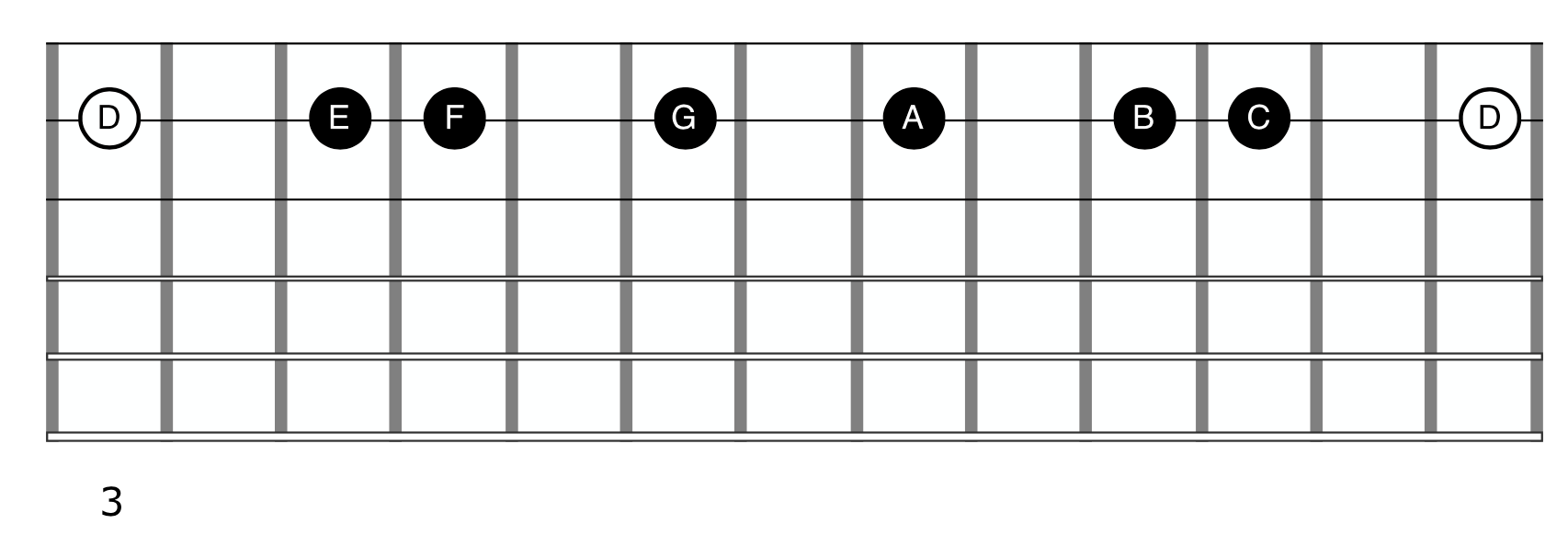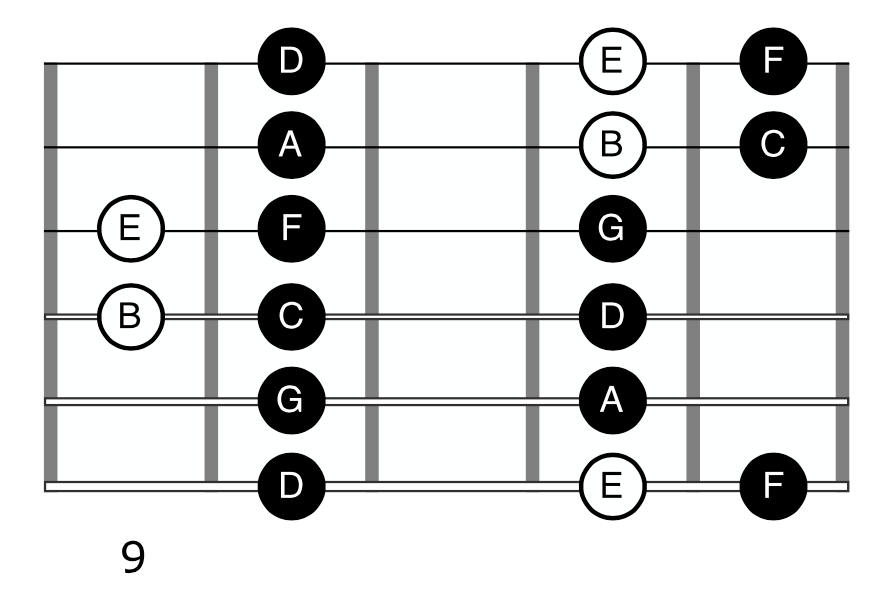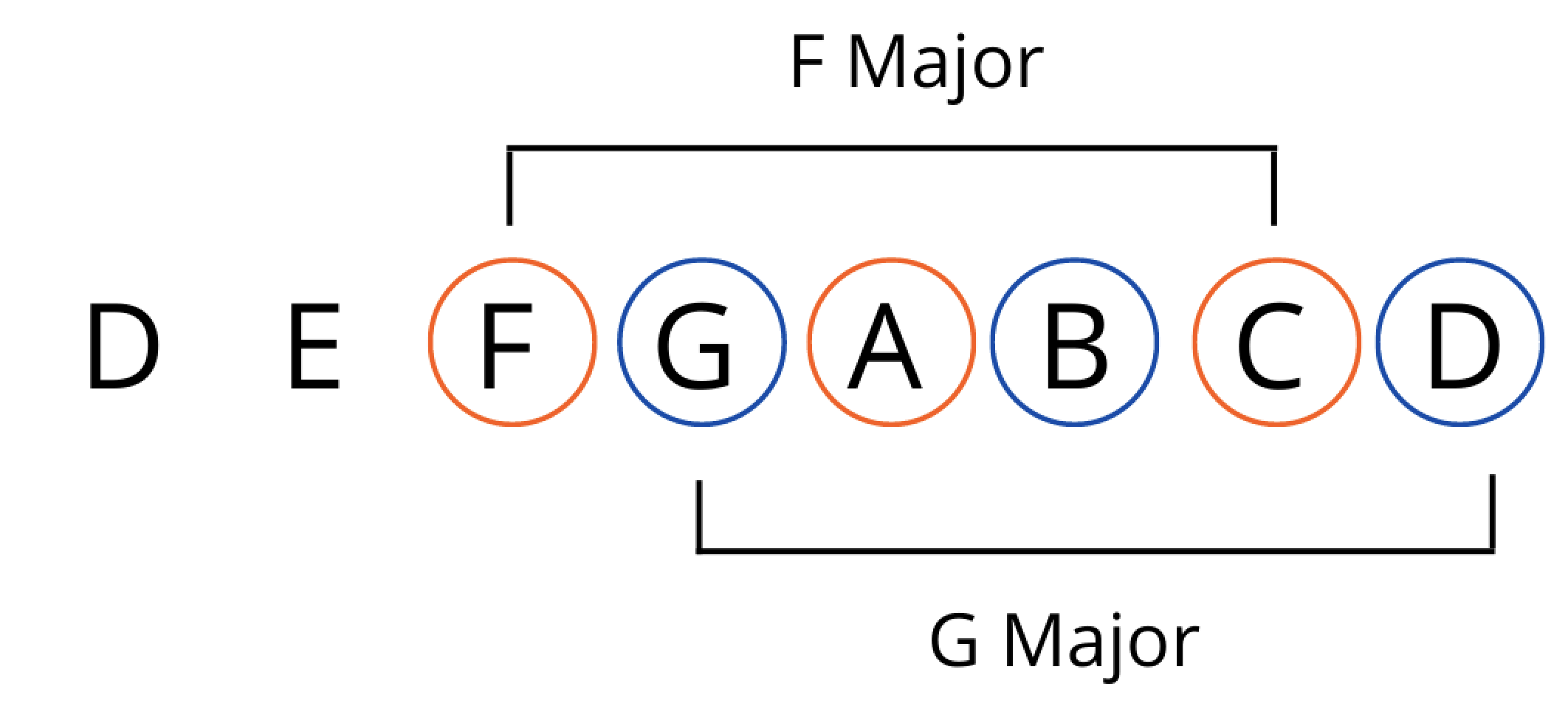3 Ways To Play The Dorian Mode On Guitar
by Simon Candy
 In this video, you learn how to play the Dorian mode on guitar.
In this video, you learn how to play the Dorian mode on guitar.
Modes are notorious for being hard to understand.
In this lesson, I’ll make it simple by breaking down the Dorian mode in great detail showing you several ways you can go about playing it on your guitar to create great sounding music.
First, you learn the easiest way to access the Dorian mode on guitar.
This is on a single string and helps you understand the mode before looking at other ways to play it.
Once you have this down, you then learn to play the Dorian scale in the following ways:
• The derivative method: This is when you relate the mode to its parent sale. It’s kind of a “back door” entrance into the mode
• Pentatonic scale with added notes: This is super cool for integrating all your pentatonic blues and rock licks. Think Pink Floyd and Santana
• Triad shapes: This produces a very melodic sound and is one of my favourite ways to access modes on guitar
You also learn the importance of the chord progression when it comes to determining the mode you are actually playing, and how to know when you are actually playing in the Dorian mode.
The chords are so often overlooked and are one of the main reasons why people struggle so much with modes.
Watch the video below to learn how to understand, visualise, and create great music using the Dorian mode on guitar:
The Dorian Mode
The Dorian mode is the second mode of the major scale.
We will be looking at D Dorian in this lesson, which is the second mode of C Major:

D Dorian is a mode of C Major because it has the same notes as C Major.
The important difference is that the root is now D, not C.
You can also think of D Dorian as a major scale with a flat 3 and a flat 7:

Dorian Mode: Single String
A great place to start with modes is to see how they look on a single string of your guitar. This way you can easily play the mode and more easily see the relationship between each of the notes:

Dorian Mode Approach 1: The Parent Scale
The first way we can access the Dorian mode on guitar is via its parent scale, in the case of D Dorian this is the C Major scale:

When played over a Dorian chord progression, as demonstrated in the video, this scale takes on the role of the Dorian mode.
Dorian Mode Approach 2: The Pentatonic Scale
Another great way to access the Drone mode is via the pentatonic scale.
Here we have the D minor pentatonic scale with added notes to complete D Dorian:

Watch the video to see this approach demonstrated.
Dorian Mode Approach 3: Triads
Another great way to access the Dorian mode is using triads.
Both the F and G Major triads exist in D Dorian and collectively have 6 of the 7 notes of the mode:

This being the case, you can use the F and G major triads to access the Dorian mode.
Due to the nature of triads, you have larger intervals (ie. distances) between these notes compared to using scales resulting in some really nice melodic playing.
Watch the video to see this approach demonstrated.
Learn how to create melodic guitar solos using arpeggios on guitar